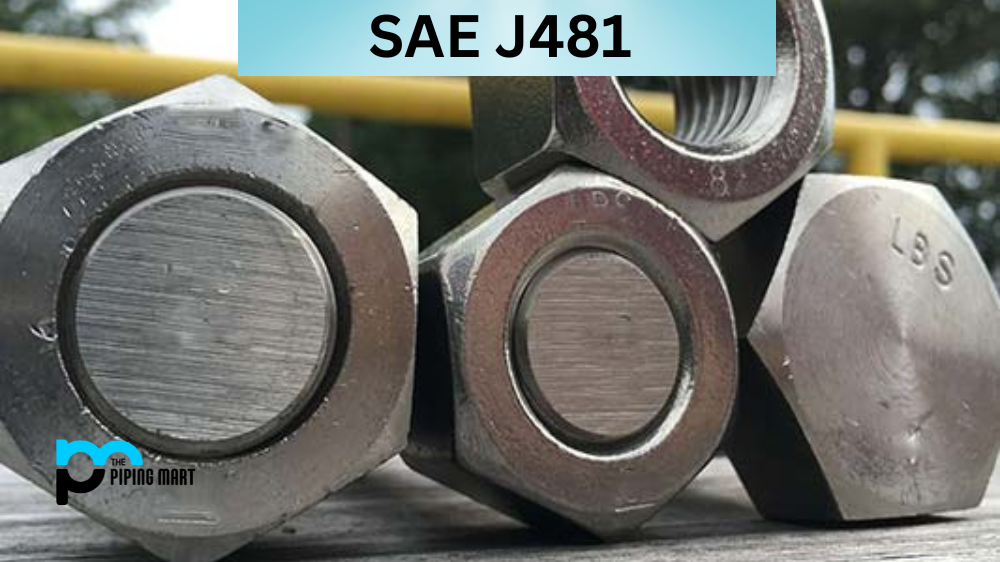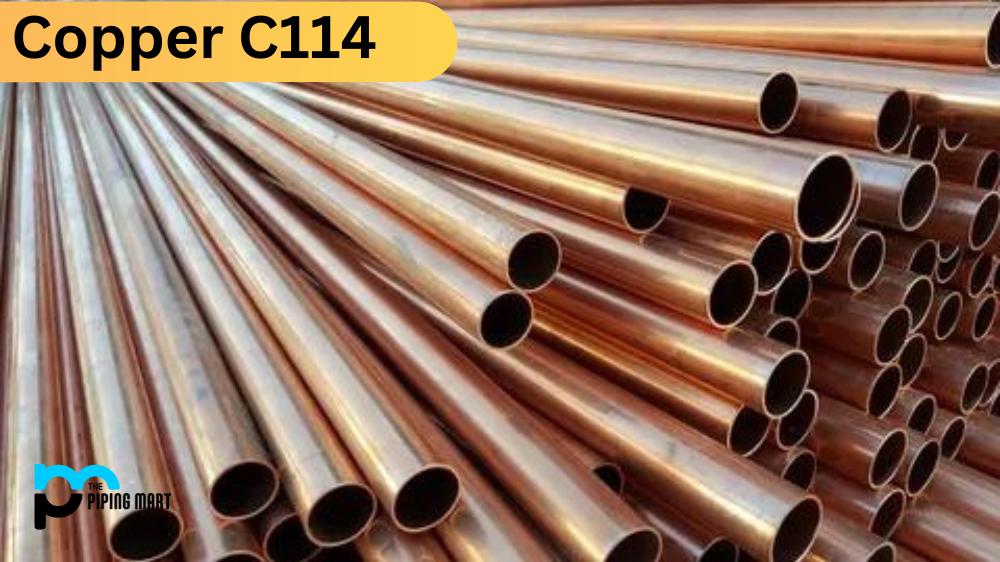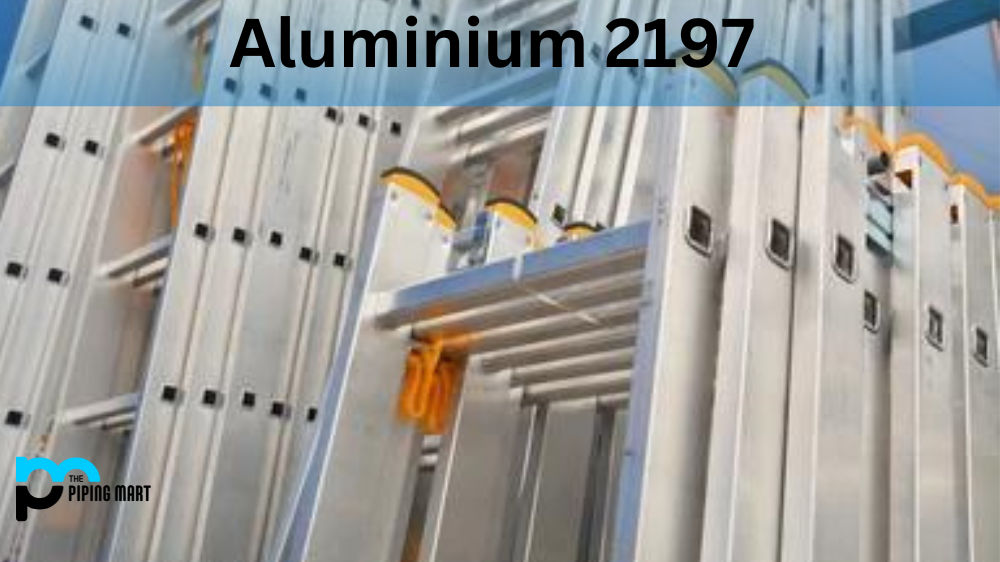Are you familiar with the SAE J773 standard? This material is essential in various engineering applications and is commonly found in manufacturing. Knowing its properties and applications is crucial in ensuring high-quality and safe products. In this blog post, we will dive into the specifications of SAE J773, including its composition, mechanical and physical properties, corrosion resistance, heat treatment, machining, and welding.
SAE J773 Composition
SAE J773 is a low-alloy steel comprised of iron, carbon, manganese, silicon, nickel, and chromium, making it a corrosion-resistant material. The inclusion of copper and molybdenum provides further resistance to rusting and scaling. The chemical composition conforms to specific guidelines the Society of Automotive Engineers set.
SAE J773 Mechanical Properties
The SAE J773 has an ultimate tensile strength of up to 100,000 psi, making it a high-strength material. It also has a yield strength of 70,000 psi, allowing it to withstand heavy loads without deformation or fracture. This standard’s elongation and reduction of area measure at 15%, which means it can sustain deformation without fail.
SAE J773 Physical Properties
SAE J773 standard has a density of 7.85 g/cm³, a melting point of 1426°C, and a thermal conductivity of 52.6 W/mK. It also has a modulus of elasticity of 200 GPa, making it a high-strength, rigid material.
SAE J773 Uses
This standard is versatile and commonly used in various engineering applications. SAE J773 is perfect for constructing truck trailers, aircraft parts, agricultural machinery, industrial generators, and hydraulic systems. Its high-strength properties and corrosion resistance make it ideal for these applications.
SAE J773 Corrosion Resistance
SAE J773 offers excellent protection against corrosion and rusting. The inclusion of copper and molybdenum, together with nickel and chromium, provides effective defence against oxidation and rust. This feature makes it ideal for use in harsh environments and applications where the material is exposed to moisture and extreme temperatures.
SAE J773 Heat Treatment
The material is heat-treated to increase elastic limits and yield strengths. Cold working is also common, giving the material increased tensile strength, though at the cost of a decreased impact strength. Precise temperatures and conditions are key in heat treatment, making the process more demanding than the usual hardening.
SAE J773 Machining
The SAE J773 standard material is easy to machine and works well with turning, drilling, and milling. Thanks to its low carbon content, it doesn’t harden while machining and requires no additional heat treatment after construction. However, some harder alloys may require special tools or cutting angles to achieve high-quality cuts.
SAE J773 Welding
The SAE J773 standard steel is weldable, but it requires proper preheat and post-welding treatments to ensure the structural integrity of the finished product. With its low carbon content, it is sensitive to heat inputs. It may crack during welding, so treating the finished product to remove stress and maintain its overall structural integrity is essential.
Conclusion
In conclusion, the SAE J773 standard is an essential material for various engineering applications. It boasts a high-strength and rigid composition, making it versatile and widely used in manufacturing. Its composition provides excellent resistance against corrosion and rust while maintaining its machinability and weldability. Understanding this standard’s properties and capabilities can lead to safer, high-quality products.
Sakshee is a talented blogger, with a particular focus on the Business and Metal Industry. She is passionate about sharing her insights on various metal products and helping professionals to make a better decisions.




